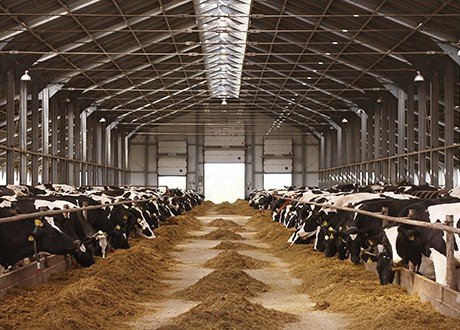Thursday, 13 November 2025

Researchers from the Disruptive & Sustainable Technologies for Agricultural Precision (DiSTAP) Interdisciplinary Research Group (IRG) of Singapore-MIT Alliance for Research and Technology (SMART), MIT’s research enterprise in Singapore, and Temasek Life Sciences Laboratory (TLL), have highlighted the potential of recently developed analytical tools that are rapid and non-destructive, with a proof of concept through first-generation examples. The analytical tools are able to provide tissue-cell or organelle-specific information on living plants in real-time and can be used on any plant species.
In a perspective paper titled “Species-independent analytical tools for next-generation agriculture” published in the scientific journal Nature Plants, SMART DiSTAP researchers review the development of two next-generation tools, engineered plant nanosensors and portable Raman spectroscopy, to detect biotic and abiotic stress, monitor plant hormonal signalling, and characterise soil, phytobiome and crop health in a non- or minimally invasive manner. The researchers discussed how the tools bridge the gap between model plants in the laboratory and field application for agriculturally relevant plants. An assessment of the future outlook, economic potential, and implementation strategies for the integration of these technologies in future farming practices was also provided in the paper.
Plant nanosensors, developed at SMART DiSTAP, are small nanosensors – smaller than the width of a hair – that can be inserted into the tissues and cells of plants to understand complex signalling pathways. The portable Raman spectroscopy, also developed at SMART DiSTAP, is a portable laser-based device that measures molecular vibrations induced by laser excitation, providing highly specific Raman spectral signatures that provide a fingerprint of a plant’s health. These tools are able to monitor stress signals in short time-scales, ranging from seconds to minutes, which allow for early detection of stress signals in real-time.
Dr Tedrick Thomas Salim Lew, the paper’s first author said, “Plants are highly complex machines within a dynamic ecosystem, and a fundamental study of its internal workings and diverse microbial communities of its ecosystem is important to uncover meaningful information that will be helpful to farmers and enable sustainable farming practices. These next-generation tools can help answer a key challenge in plant biology, which is to bridge the knowledge gap between our understanding of model laboratory-grown plants and agriculturally-relevant crops cultivated in fields or production facilities.”
Paper’s co-corresponding author, DiSTAP co-lead Principal Investigator, and Deputy Chairman of TLL Professor Chua Nam Hai explained. “Plant nanosensors and Raman spectroscopy would allow farmers to adjust fertiliser and water usage, based on internal responses within the plant, to optimise growth, driving cost efficiencies in resource utilisation. Optimal harvesting conditions may also translate into higher revenue from increased product quality that customers are willing to pay a premium for.”
DiSTAP Scientific Advisory Board Members, Professor Kazuki Saito, Group Director of Metabolomics Research Group at RIKEN Center for Sustainable Resource Science, and Hebrew University of Jerusalem Professor, Oded Shoseyov also co-authored the paper.